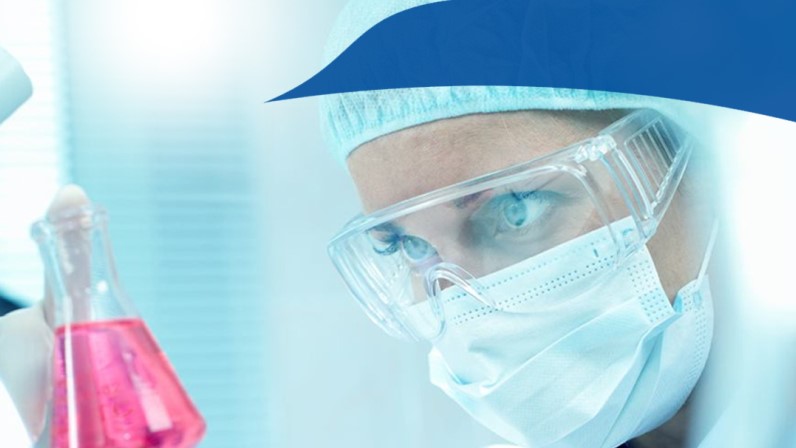Biocompatibility testing is carried out to measure the compatibility of a device with a biological system. The objective of conducting biocompatibility testing is to determine whether a device is fit for human use or it can be hazardous for humans. International Organization of Standards states that this (biocompatibility) aims at protecting humans from potential biological risks arising from the use of medical devices.
There are several stages involved in determining the biocompatibility of any medical device. The first stage begins with researching and collecting data about the materials used in the device. This is followed by performing vitro screening, mostly only on components of the device. As a last step of the process conduct a confirmatory in vivo testing on the finished device. All the steps must be followed to ensure that a finished product has no harmful effects on physiology .
Biocompatibility Test Planning
The purpose of a biocompatibility testing is to ensure the protection of humans. Although the primary objective of biocompatibility is ensured through animal testing, but there is a secondary goal of animal protection too. It is to eliminate unnecessary testing, minimize the number of tests to reduce animals’ exposure to that device. Therefore, it is important do all the research-work beforehand, and document relevant data available about device’s component materials. To avoid unnecessary testing, other similar devices which have an established clinical history can also be relied on. Similar devices have existing data which is sufficient to establish the biological safety device or its components. Hence, the need for testing can be totally avoided.
Biocompatibility test does not only limit its scope to the safe material being used, but it also encompasses the use of the device, the manner in which it is used, and the duration for which it comes in contact with human beings. While planning biocompatibility test, it is important to note whether the device is a surface device i-e a device for external use, or an implant device i-e it comes in contact with tissues. Implant devices which interacting with the blood, require more rigorous testing, than surface devices.
Biocompatibility testing should be conducted in accordance with Good Laboratory Practice (GLP) for certain biocompatibility regulatory submissions, and maximum regulatory flexibility.
Conducting Tests
The material characterization and device’s components analysis are conducted before conducting any biocompatibility testing. This is done by extracting leachable materials from the device or its components at a high temperature. These leachable extracts are analyzed for identifying potentially harmful chemicals or cytotoxicity.
After in vitro testing, in vivo biological testing can be conducted depending on the device’s intended use. The biocompatibility test is ranges from skin irritation testing to hemocompatibility and implantation testing. The results of these tests can take from three weeks to several months, depending on intensity of testing, already available data, and the use of device. Subchronic or chronic implantation testing can take even longer time.
Evaluating the Data
After the research is conducted and required tests are carried out, this data is assessed and interpreted by an expert assessor to give his findings. Based on the data results of assessor, the need for further testing is identified. The assessor also determines if the available tests and data are sufficient for the safe use of device.
Dynatec Labs
To know more about how to plan for biocompatibility testing or Sterilization Validation, get in touch with our experts at Dynatec Labs today. You can get detailed information on ISO and FDA regulations for medical devices, from our website too.
